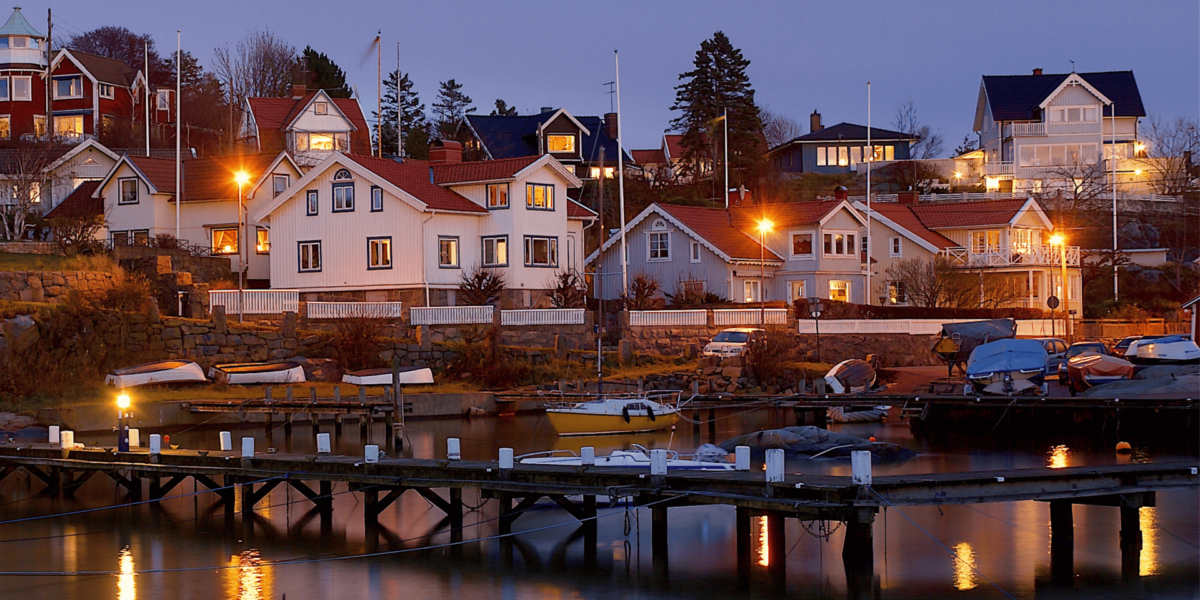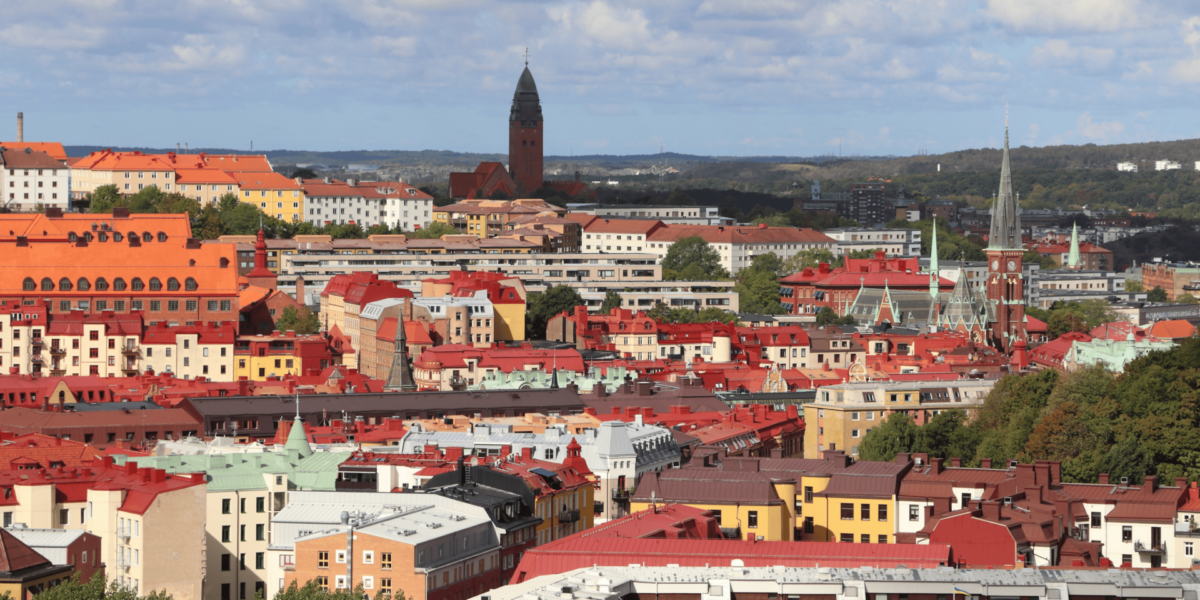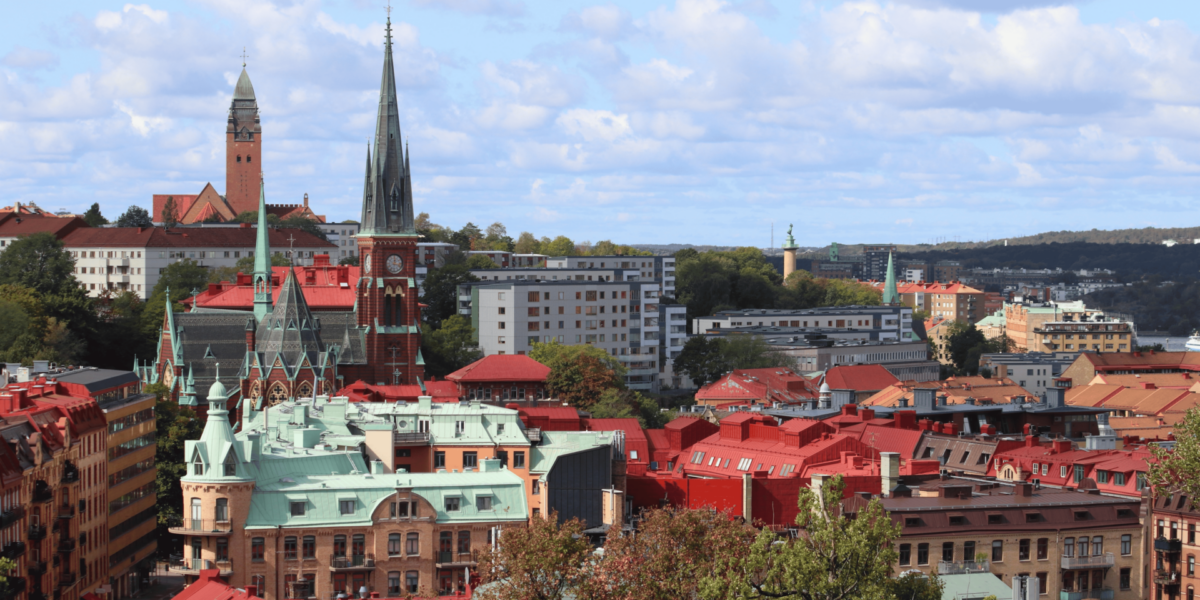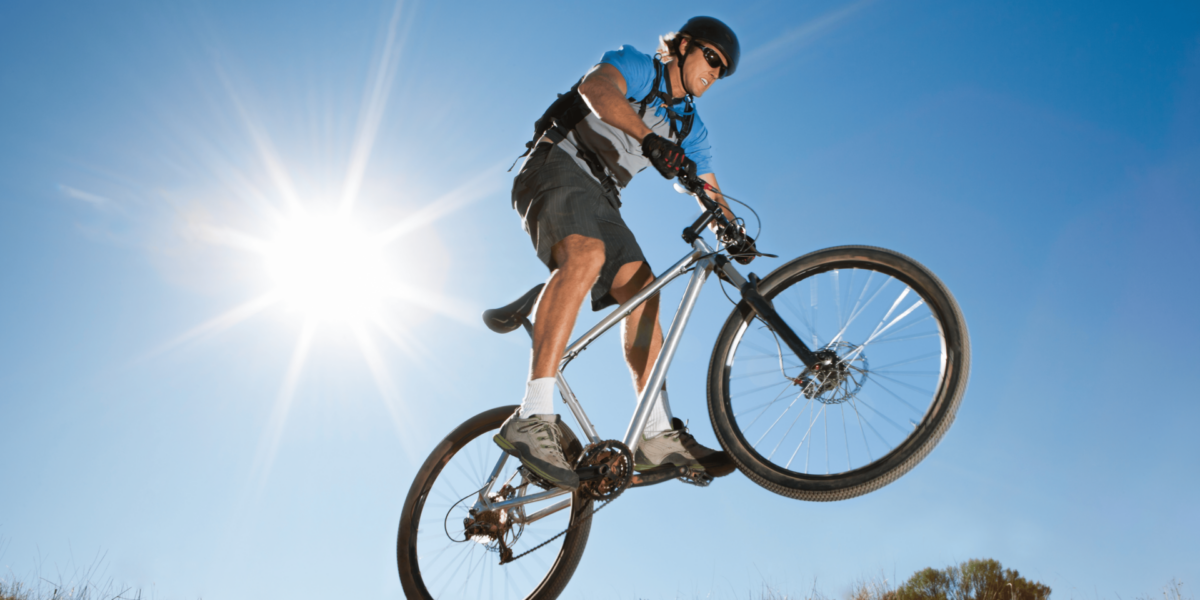Neighborhood Growth Begins With Intentional Design
A successful neighborhood hub doesn’t grow by accident. It develops through planning that aligns space, access, and function. In a growing hub, layout decisions impact how people move, connect, and live.
Streets follow logical paths that link homes to key services. Parks sit between buildings, not beyond them. Sidewalks, bike lanes, and public transit keep people moving without reliance on cars. When design supports movement and connection, the area becomes more than a collection of buildings—it becomes a working system that serves its residents.
Walkability Enhances Daily Convenience
Growing hubs thrive when they prioritize walkability. Residents must be able to complete daily tasks without long travel or dependence on vehicles.
A person walks from their apartment to a corner store, then continues to a tram station, passing cafés and playgrounds along the way. These daily routes are clear, safe, and active. Buildings open toward the street. Crossings are well-marked. The design gives people confidence to move at their own pace. This freedom builds a rhythm into the area’s daily life.
Public Transit Strengthens Community Access
Reliable public transportation expands a hub’s reach. When people can move in and out easily, the neighborhood stays connected to the wider city.
A resident boards a tram at a stop located just outside their residential block. Within minutes, they arrive at a central station downtown. Return trips follow the same predictable schedule. This access makes the hub a viable place for professionals, students, and families. People choose to live here because they can get where they need to go without delays or extra costs.
Local Businesses Anchor Social and Economic Life
Shops, cafés, and service providers create more than convenience—they build the social fabric of a neighborhood hub. Their presence turns foot traffic into local interaction.
A barber shop, bakery, and market line the main street. People pass through these places daily, forming routines and relationships. Business owners recognize familiar faces. Residents feel seen and remembered. This exchange creates economic stability and fosters a sense of trust in the area. When businesses succeed, they invest back into the community, reinforcing growth from the inside.
Housing Diversity Supports Long-Term Stability
Neighborhood hubs grow stronger when they offer a mix of housing types. Variety in size, cost, and design brings in residents with different needs and incomes.
A row of townhouses sits beside apartment complexes and student housing. This balance supports a wide range of households—from single professionals to families with children. People stay in the area as their needs change. The housing model prevents rapid turnover and helps the community evolve without displacement or pressure from one demographic alone.
Green Spaces Improve Quality of Life
Access to nature enhances both physical and mental well-being. In a growing neighborhood hub, green spaces must be more than decorative—they need to be usable.
A park at the center of the district includes wide paths, shaded benches, and open lawns. People gather there throughout the day. Children play while others read or exercise. This daily presence builds a shared experience and a sense of ownership. The green space connects buildings, not separates them. It stays active across seasons, offering purpose beyond aesthetics.
Community Services Create Support Networks
Essential services—like schools, clinics, libraries, and community centers—form the backbone of a neighborhood hub. Their placement and accessibility determine how well the area meets the needs of its people.
A family lives two blocks from a primary school and one block from a health clinic. These locations reduce stress and save time. A youth center nearby offers after-school programs and weekend activities. When these services are embedded in the layout, they become part of everyday life rather than isolated destinations.
Cultural Spaces Add Identity to Growth
Growth without culture creates repetition. But a hub that includes galleries, event spaces, or small museums builds identity and attracts attention.
An art installation along the main walkway changes every few months. Locals attend openings at a multipurpose venue that also hosts community meetings. These spaces bring energy without overwhelming the neighborhood. Cultural features tell the story of the place and make it distinct, even as the population expands.
Noise and Flow Require Thoughtful Zoning
As hubs grow, they face increased noise and traffic. Zoning and architectural choices must separate high-activity areas from quiet zones.
Housing blocks sit away from nightlife venues. Delivery trucks access commercial zones without disrupting residential lanes. Sound barriers and green buffers reduce stress and preserve calm. This separation doesn’t isolate—it organizes. Residents enjoy both energy and rest, depending on where they are in the neighborhood. Good zoning keeps growth manageable and livable.
Technology Improves Daily Operations
Digital tools and smart infrastructure help manage waste, lighting, security, and public services. In a growing hub, tech must remain functional—not just flashy.
Public bins send alerts when full. Streetlights adjust brightness based on movement. Digital boards at transit stops update in real time. These features reduce friction and improve daily function. Residents trust their environment because it responds to their needs. Technology doesn’t replace people—it supports how they use their surroundings.
Growth Requires Clear Community Communication
People in growing hubs need to stay informed. Notices, surveys, and updates must reach everyone—not just homeowners or long-time residents.
A weekly board at the tram stop shows upcoming changes to services or construction. A local app allows residents to give input on new projects. These tools reduce confusion and strengthen trust between planners and the community. Growth feels less imposed when people understand what’s happening and why.
A Neighborhood Hub Evolves With Its People
Growth in a neighborhood hub isn’t just about buildings. It’s about relationships, systems, and daily experience. When planners design with people in mind, the area continues to thrive.
Kviberg and other growing districts in cities like Gothenburg succeed because they align infrastructure, access, and identity. They do more than expand—they adapt. Residents who live in these hubs do more than occupy space—they shape it. The pulse of a neighborhood hub is measured not by its size, but by how well it supports life.



